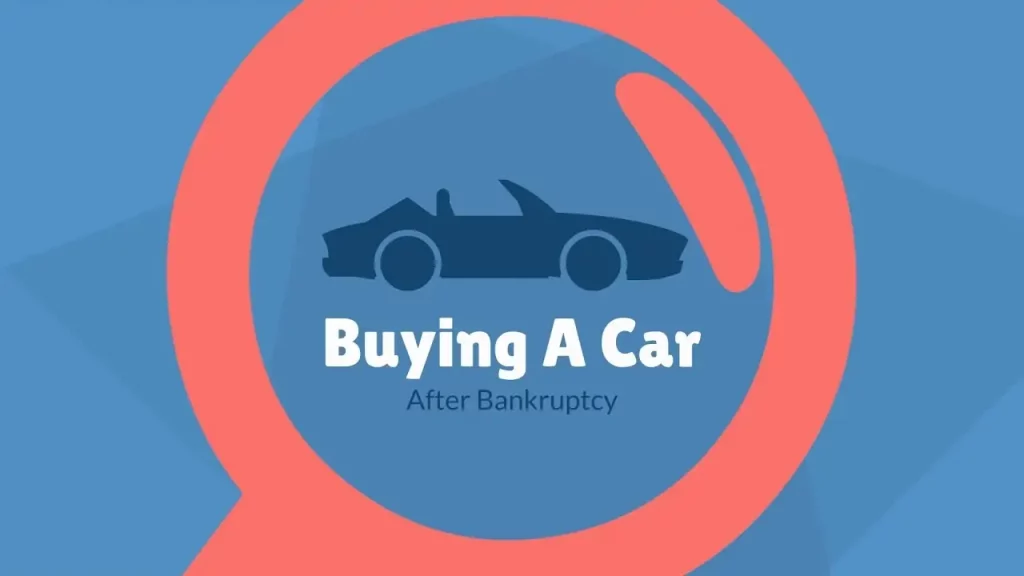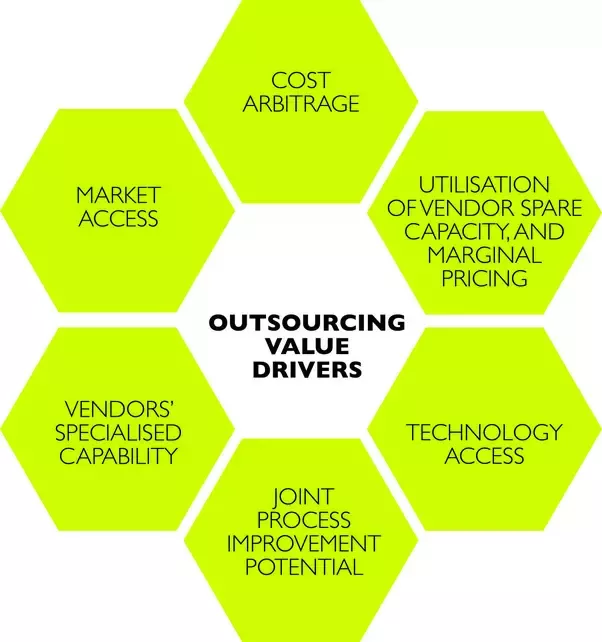Light commercial vehicles are mainly used by small and medium-sized enterprises (SMEs). Such a transport serves as a work equipment with B2B character. It fulfils the ever-growing role of transporting goods and services at local and regional level.
The LCV market sector is prominent in such a way that it indicates the health of the country’s economy. The greater the demand for commercial vehicles, the more popular are the products that their owners offer.
Some large companies usually acquire new vans when modern vehicles with high reliability and low emission levels are needed.
As far as the market for used vehicles is concerned, it is more competitive due to the economic viability of such offers. In addition, such vans are durable enough to endure several “business lives”.
When buying a used LCV, you should be aware of the possible risks. According to statistics, 1 in 4 vans has at least something to hide, 1 in 8 vans still have a financing contract (so that the rightful owner can reclaim the vehicle), 1 in 17 vans were probably damaged in an accident and received a depreciation status from an insurance company (but repaired and returned to the road).
To avoid risks, there are special services (e.g. HPI Check in the UK) aimed at examining the vehicle’s history.
The economic benefits of used light commercial vehicles justify the risks. But the process of choosing a high-quality and clean van with a moderate mileage requires a lot of effort and technical expertise.
The distribution of light commercial vehicles usually comprises 2 main classes. The first is based on distances. For urban vans, it is important to cope with heavy traffic and narrow roads and have easy access to the cargo space. In the case of inner-city delivery, a higher load-bearing capacity takes the lead, while manoeuvrability is of less importance.
The second category implies functionality. Single-service models are chosen when there is a main task: to move either passengers or loads. Multi-purpose transporters, on the other hand, can be adjustable for both functions. This division affects the interior design and determines or eliminates the need for an additional row of seats, a bulkhead, a side sliding door, etc.
The financial aspect combines the price of the offer itself and the running costs. In addition to paying a total amount for a van, there are options such as the contract rental or the leasing route.
The price range of used vans offered for sale on the LCV market tends to vary throughout the year. Traditionally, it is characterized by summer seasonality when prices rise. Recently, however, the impact of seasonality has been minimized.
commercial vehicle finance
#light #commercial #vehicles #risks #benefits
- The winner of the Hottest Firefighter promises: “I’ll stay dedicated to saving lives.” - December 1, 2022
- Smiling influencer caught on camera kicking a dog apologizes for sharing the ‘cruel act.’ - December 1, 2022
- What is full coverage auto insurance in Florida? - November 14, 2022



